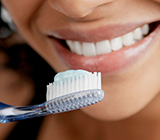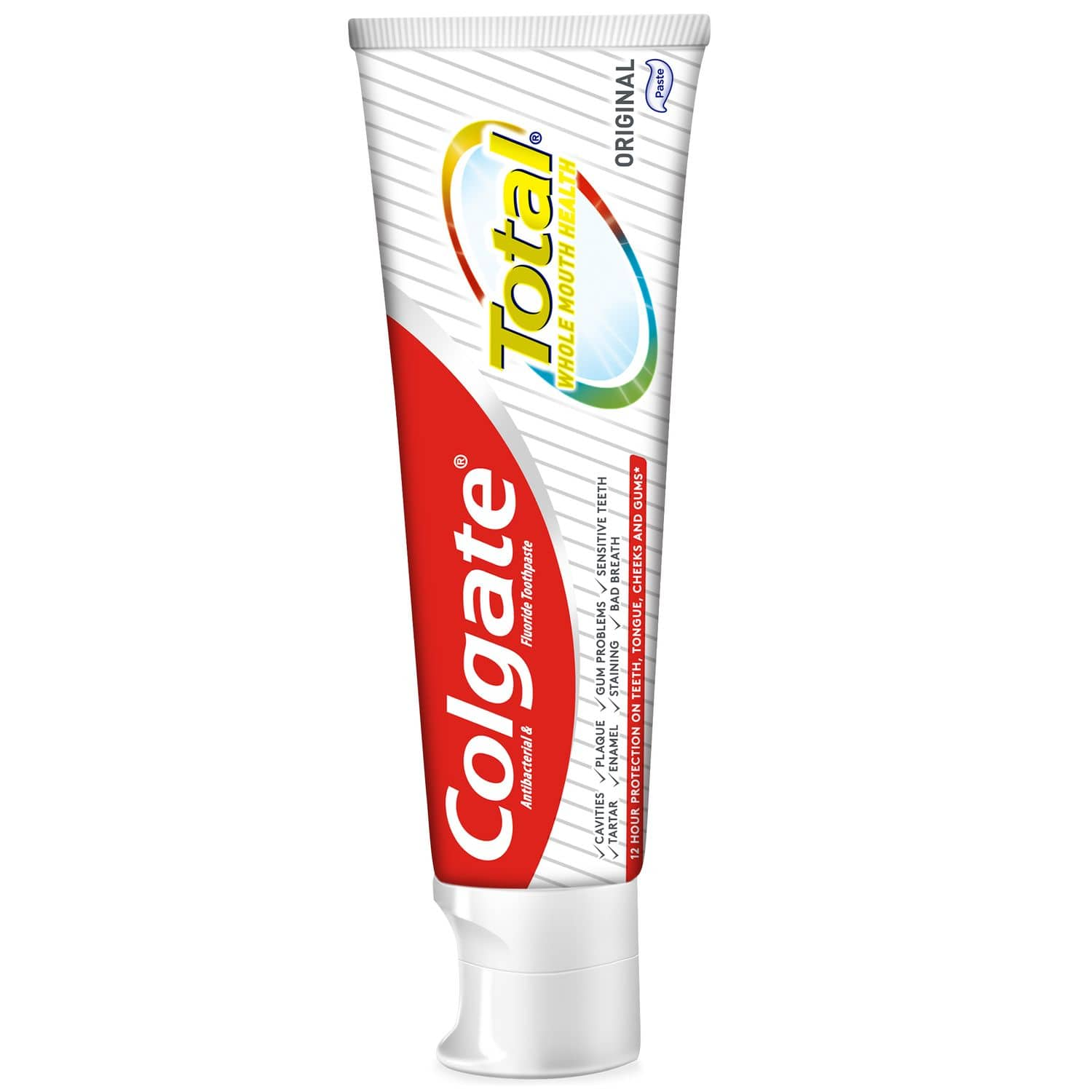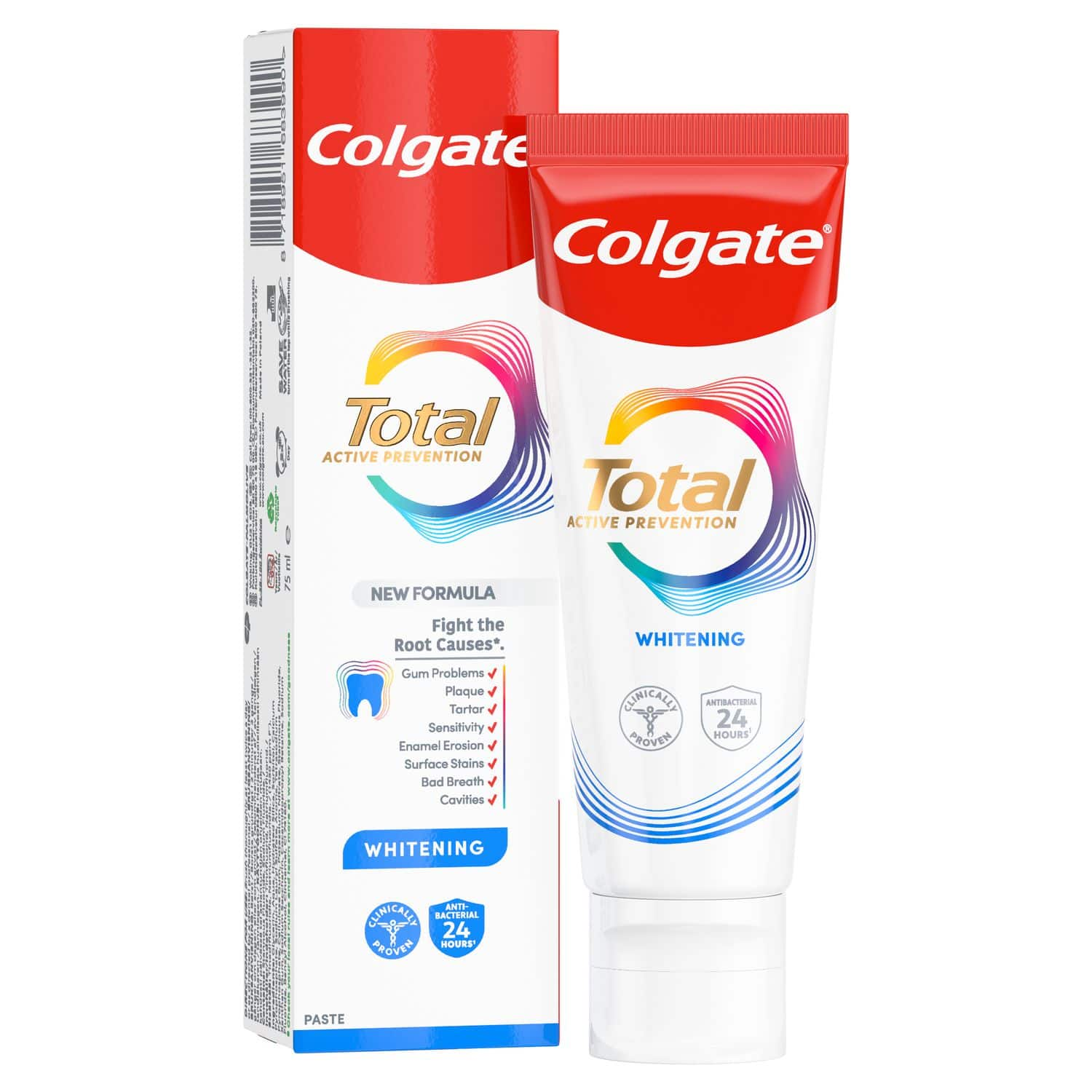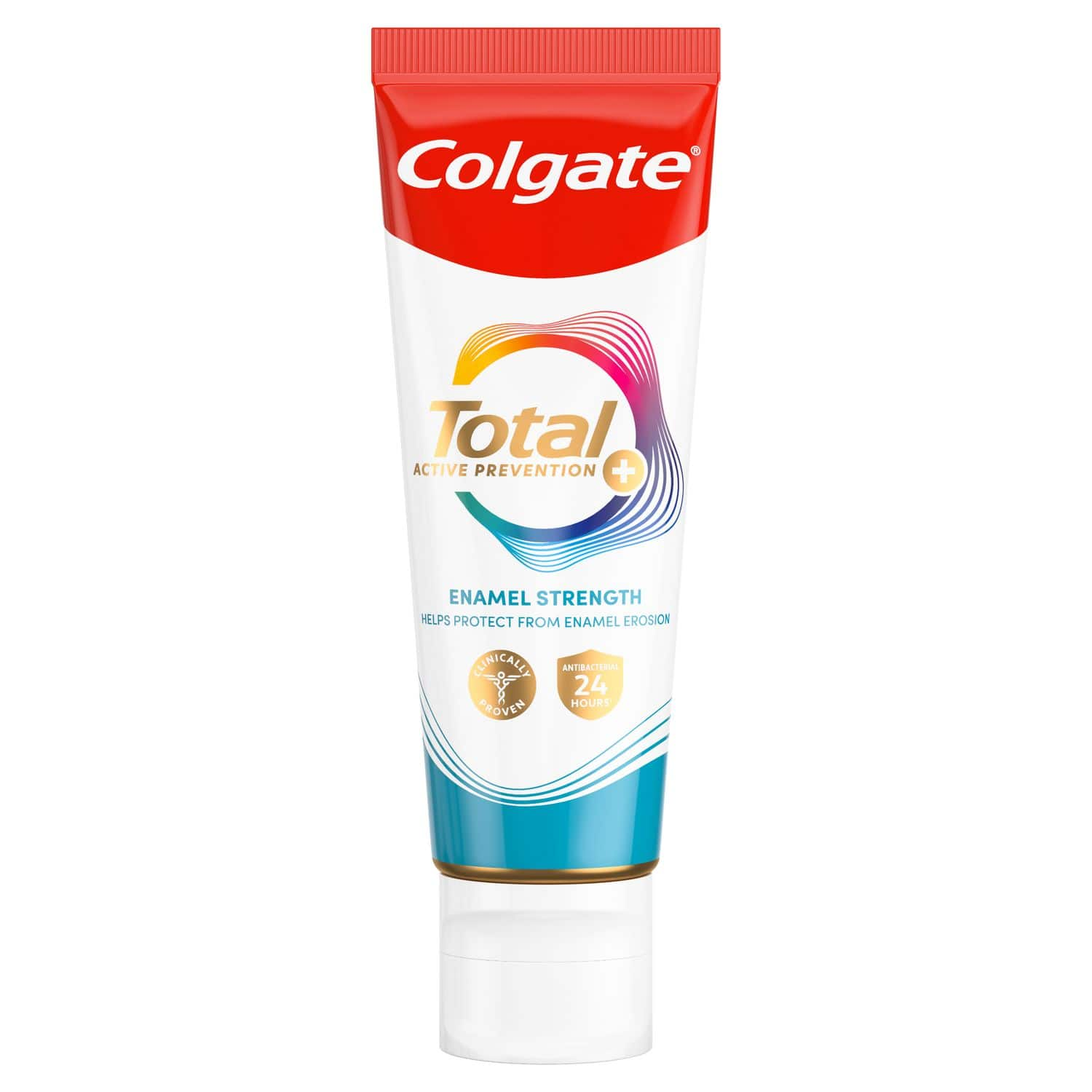-
-

FLUORIDE
What Is Stannous Fluoride Toothpaste?Stannous fluoride toothpaste helps prevent cavities, reduce sensitivity, fight plaque, and support daily gum and enamel health.

TEETH WHITENING
Why Should I Whiten My Teeth?Maybe you've always wanted a beautiful white smile. Or your teeth have yellowed over time...
-
Science & Innovation
- ORAL HEALTH CHECK
- PRODUCT MATCH
- Colgate® | Toothpaste, Toothbrushes & Oral Care Resources
- Oral Health
- Three tips for preventing stained teeth from braces


The day your braces come off is one of the most exciting days of your life, regardless of when you got them on. Yet having undergone incredible patience (and expense) to straighten your smile, seeing the process has left you with discoloured teeth can be very upsetting. Take heart in learning there are several ways to prevent stained teeth while wearing braces.
It's often not the braces
Your teeth can become stained during orthodontic treatment for several reasons. Traditional braces have a complex design of brackets and wires that can trap food, leading to a build-up of bacteria that causes plaque to form. Therefore, it's not the actual braces that cause these stains but the biofilm that forms in crevices that are hard to reach.
Wearing braces makes it difficult to remove this plaque, allowing it to create acids that leach the minerals from your enamel. This demineralisation changes the way the tooth surface reflects the light, resulting in the development of tiny white spots in the areas that are difficult to reach.
Plaque also increases your risk for tooth decay and gum disease while the braces are on. Prevent these issues with a healthy oral care routine for braces. Gently brushing your teeth to avoid damaging the brackets and flossing with an orthodontic floss threader are effective ways to keep your mouth healthy while wearing braces.
The bonding material used to attach orthodontic brackets to teeth can become discoloured over time from exposure to tooth-staining foods and beverages, but this material will be removed when the brackets come off. Preventive measures are best for avoiding stained teeth from braces.
How to prevent stained teeth from braces
It's essential to practise good dental hygiene at all times, but when you're wearing braces, the complete removal of plaque/biofilm is tough to do. Your best defence against stained teeth from braces should include:
- Limiting certain foods and drinks from your diet, such as sugary or starchy items, high acid fruit drinks, and fizzy drinks. If you are away from home and can't brush your teeth right away after eating or drinking these foods and beverages, rinse your mouth with water to help neutralise plaque acids.
- Brushing and flossing after every meal. Water flossers are also helpful tools to clean around braces. To make this easier to manage, it is recommended to eat three meals a day, avoid between-meal snack and choose tooth-friendly snacks.
- Choosing a whitening formula of toothpaste that contains stannous fluoride will also help reduce plaque or build-up.
- Wait 30 minutes after eating to brush your teeth, as this gives your enamel time to settle and your saliva time to wash away the acids left by the food.
- Regular dental cleanings help remove tartar that you can't eliminate from daily brushing and flossing.
For patients who find they are particularly prone to plaque developing on the biting surfaces of teeth, pay extra attention to brushing and talk to your dentist about the benefits of sealants before getting braces. Talk to the orthodontist to see if this would be practical for you.
Related Articles

Selecting dental products
What Products Are Available From My Dentist For Home Tooth Whitening?Discover products available from your dentist for home tooth whitening. Learn about types, how they work, and their effectiveness.

Teeth whitening
Can you get stained teeth from tea?We know that coffee can stain those pearly whites, but does tea stain teeth too? The answer is yes. In fact, tea might be even more… Read more at Colgate.com

Teeth whitening
How to Get Whiter Teeth With the Right FoodsIf you're wondering how to get whiter teeth, whether or not you also use a whitening product, keep the following foods in mind to help you along the way.
Related Products

Helping dental professionals
More professionals across the world trust Colgate. Find resources, products, and information to give your patients a healthier future







